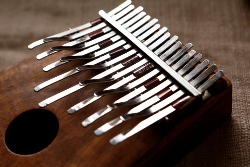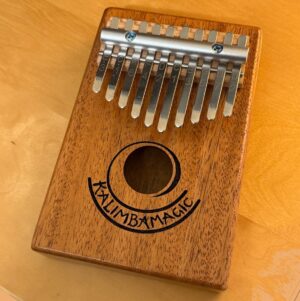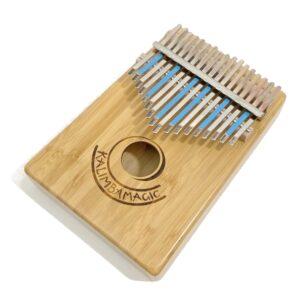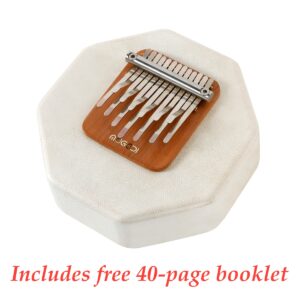
TIP: A Karimba Improvisational Strategy Part 12
Starting to branch out You are by no means confined to exactly what we have written down. You can change it up in a thousand different ways to make it your own. Here is a very simple example: instead of playing the chord in each measure twice, this one plays each chord only once, on the opening beat of each measure. Furthermore, the left thumb plays with the right thumb on the opening chords. This complexity is somewhat compensated for by the fact that the right side is doing the same pattern three out of four times.





